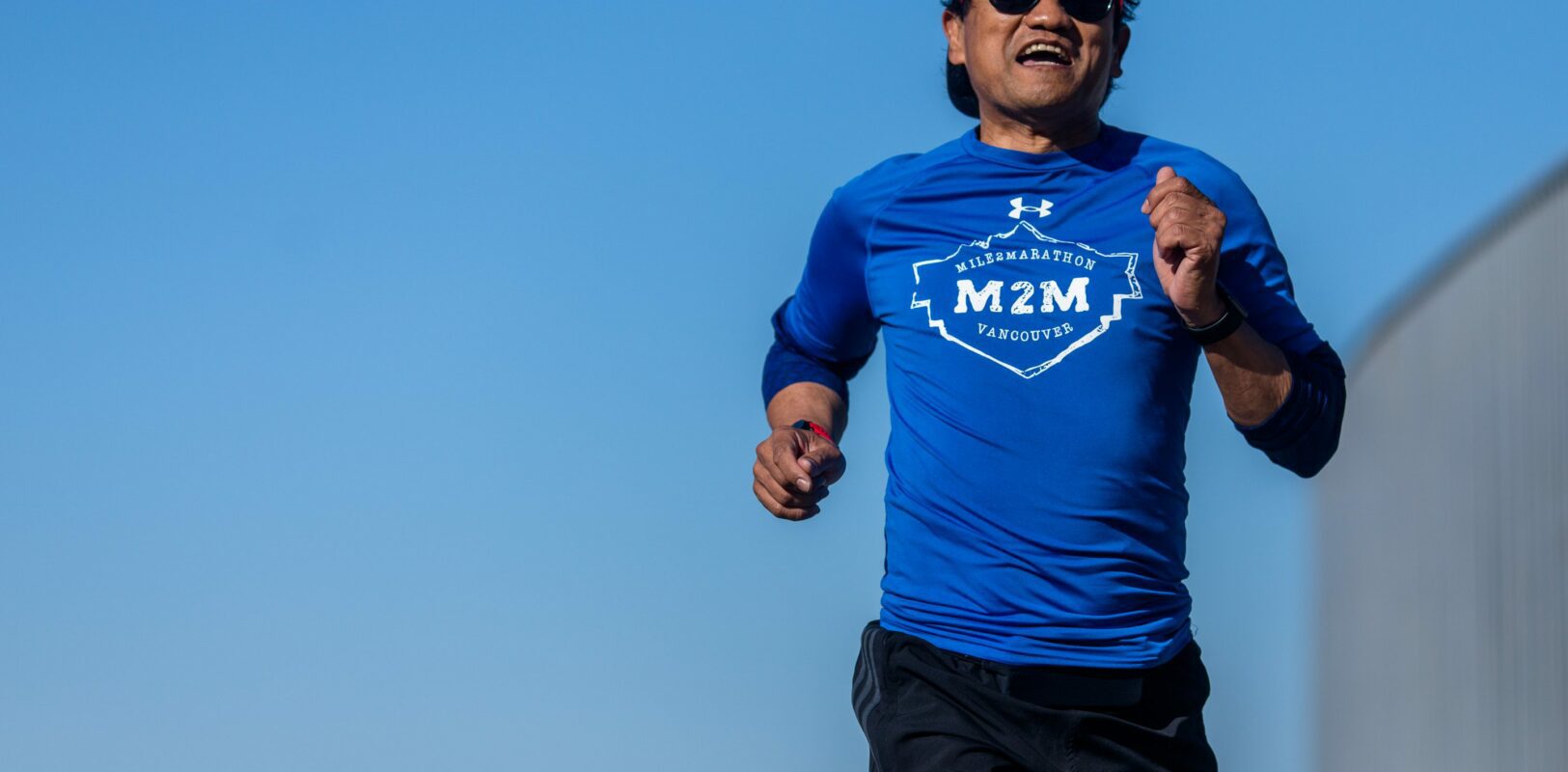
Strength Training For Runners
Though all of this alone time definitely has its drawbacks (like not being able to see all of you!), it also provides a great opportunity for all of us to take a step back and reflect. What are our goals? Are we taking the right steps to get there? What would we change to make things better?
We are all, after all, only as strong as our weakest link.
As runners, with no races on the horizon, now is a great time to start working on a vital, but often neglected, part of your training, strength!
Runners, generally speaking, don’t love to hit the gym. But it’s much to their own detriment, studies have found that adopting a strength training program can increase running economy by as much as 3-4%. That’s similar to the improvement in economy we might get with donning a certain rather expensive pair of Nike shoes. On top of this, strength work can help to improve body composition, mobility and prevent lean tissue loss.
So, when is a good time to start working on strength?
The short answer is now! With no races in the next 4-6 weeks, most of you are in a base or less intense training phase. Off-season, or other planned (or even unplanned) breaks are a great time to start building your strength routine.
Doing strength during your off-season can help you to compensate for any muscle mass lost during your last marathon build and maintain fitness during your break.
Adding strength to your base phase can help to kick start fitness gains and prepare your body for more intense sessions later in the training cycle.
If you’re mid training cycle, you can still add strength, and should at least be doing injury prevention. However, it’s best to start low and go slow to avoid overtraining or negatively impacting your running workouts which should be your main focus.
A bad time to start a new program (or make any big changes) would be 4-6 weeks out from a key race.
What days of the week should I be strength training?
The answer to this question is highly dependent on the athlete (and their schedule).
For runners who tend to get 48-hour soreness, do strength work twice a week, on the day before workouts. This approach gives a bit of a mobility and neuromuscular reset before intense workouts, and encourages a more moderate approach to the session.
Some athletes find they’re too sore the day after, and it negatively impacts their workout, so for them, it might be better for them to do their strength on the day after their workout.
Doing strength immediately after a long marathon or half marathon workout, in my experience, decreases the overall quality of the session precipitously and increases injury risk. That being said, it can make sense for some shorter distance runners and/or in other specific contexts. After a workout can however be a good time to do core or injury prevention work, because it encourages these muscles to learn to continue working, even when fatigued from a long run or workout.
Remember, the workout you do is almost always better than the one you don’t, so the best time to do it often comes down to when you can fit it in (provided the quality of running workouts isn’t impacted). Make sure to also include 1-2 dedicated recovery days per week!
What types of movements should I include?
The point of strength training in runners is to improve economy and to prevent injury.
I typically include about half and half (time-wise) movements that focus on full-body strength, like squats and deadlifts, and movements that prevent injury by supporting good posture, strong core, foot proprioception etc.
For people just getting started with strength simple moves like squats, hip hinges, push-ups and rows are a good place to start. Focus on moves that help to improve your posture and glute strength. You can do a lot from home with simple weights, like gallon jugs, bands and an exercise mat from home. Progress to moves that challenge your balance, like single legged squats or RDLs, and coordination, such as hopping drills.
As you get stronger, focus on moving heavier weights and improving your power through focused use of jumps and plyometrics.
If you’re looking for a good place to start, all of our personal coached athletes have access to our strength guide. We have a program for beginners, using no weights, as well as weighted programs for intermediate and advanced lifters. As always, if you have questions about your training, ask your coach!
From a performance optimization standpoint, runners don’t need to do dedicated body part days (think “arm day”, “leg day” etc) because their focus isn’t muscle hypertrophy. They probably also don’t need high-intensity cardio classes (like HIIT, bootcamps or spin), because they are already getting enough cardio in their week, and the intensity of most of these classes is too high for an off day, thus potentially increasing injury risk or negatively impact workout performance. That being said, a lot of these training modalities are social and fun, and, let’s be honest, not everyone covets the runner’s arms look. So, if it’s something you enjoy, ask your coach for some advice on how to best fit it in with your running goals!
 Lauren Prufer
Lauren Prufer